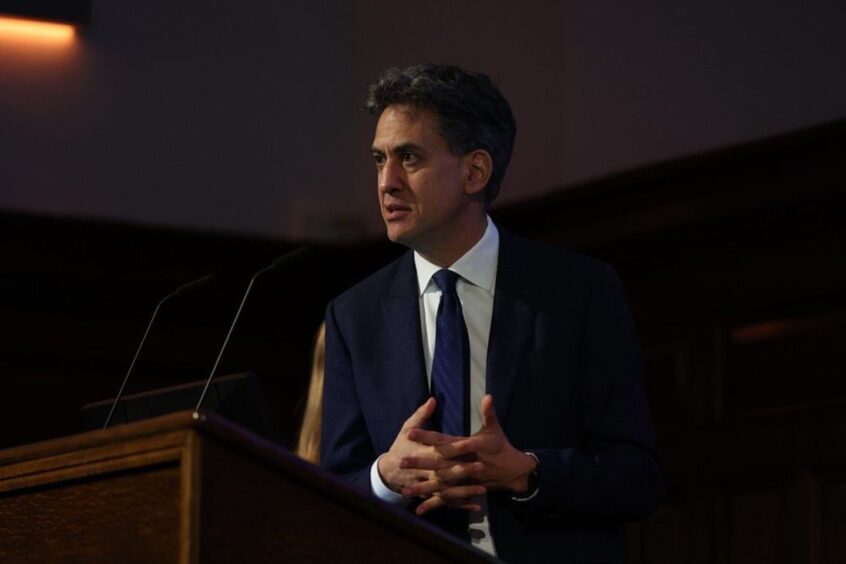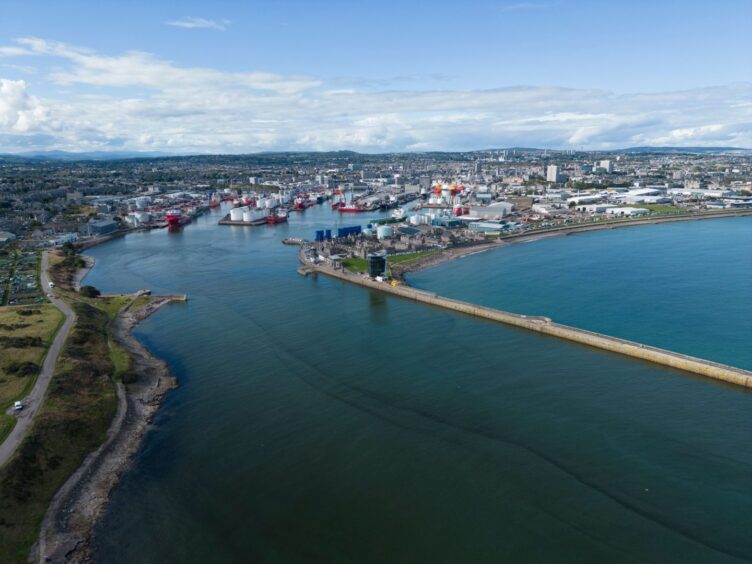
At the recent Labour Party conference, one issue dominated discussions in many of the sessions. Indeed, it may have been the most critical of all the themes covered.
As the UK accelerates its decarbonisation efforts, the challenge of upgrading and expanding the energy grid to accommodate renewable projects has emerged as a critical bottleneck. This was, arguably, the key topic of debate, and for good reason. The UK government’s ambitious clean energy targets are at risk of being delayed by a grid that is simply not fit for purpose.
For organisations looking to decarbonise their operations, this is not just a policy issue— it’s a fundamental barrier to achieving their sustainability goals.
The grid capacity crisis: a threat to decarbonisation
The UK’s energy grid, designed for an era dominated by fossil fuels, is struggling to keep pace with the rapid growth of renewable energy projects. Today, over 400GW of new capacity, mostly from wind and solar, is waiting to connect to a grid that was originally built to handle just over 100GW.
This mismatch between supply and infrastructure has led to severe delays—up to a decade in some cases—for new projects. For organisations with decarbonisation targets, these delays present a serious challenge not only to clean energy projects but to the transition to net zero as the grid’s capacity crunch affects not just energy but everything which requires power into the electricity network, including housing.
The grid connection crisis stems from multiple factors. First, the sheer scale of demand is overwhelming the existing infrastructure. Second, the connection process itself is outdated and inefficient, creating further delays. Finally, regulatory constraints, such as the “connect and manage” policy, which allowed for quick renewable energy expansion in the past, are now creating inefficiencies and driving up costs.
NESO: a new chapter for the UK energy system?
In response to these challenges, the UK government is expected to officially launch a new publicly owned body, the National Energy System Operator (NESO) today. NESO will be responsible for overseeing both the electricity and gas networks, aiming to unify and streamline their planning and operation. This marks a significant step in the government’s strategy to accelerate the energy transition and resolve the grid capacity crisis.
NESO will work alongside Great British Energy, the government’s public energy company, to facilitate the deployment of renewable energy projects. It will play a crucial role in delivering the strategic energy infrastructure needed to achieve the UK’s target of clean power by 2030.
While NESO’s creation is a positive step forward, it is not a silver bullet. The challenges facing the grid are complex and will require coordinated action from multiple stakeholders, including government agencies, regulators, and the private sector.
Ofgem’s role in grid reform
Ofgem, the UK’s energy regulator, is also playing a key role in shaping the future of grid connections. In May 2023, Ofgem outlined future reforms aimed at accelerating connections, supporting the country’s net-zero targets, and reducing costs for consumers. Among these reforms is the £20 billion Accelerated Strategic Transmission Investment (ASTI) framework, which will fund critical upgrades to the grid.
For organisations looking to decarbonise, engaging with Ofgem is just as important as engaging with government. Ofgem’s decisions will directly affect the speed at which projects can connect to the grid and the costs associated with those connections. While NG ESO has introduced a new two-stage application process and a queue management system to speed up connections, these reforms are still evolving, and input from businesses is necessary to ensure they work effectively.
In addition to these technical reforms, organisations must also remain aware of broader political discussions around energy market reform and grid capacity. The government’s commitment to achieving net-zero emissions and clean power by 2030 creates an environment ripe for policy innovation, but it also adds a layer of political uncertainty.
A call to action: shaping the future of energy infrastructure
For organisations with decarbonisation targets, the message is clear: grid capacity is one of the biggest barriers to achieving the UK’s net-zero ambitions. Engaging with political decision-makers and policy influencers is not optional—it’s essential.
But this involvement must go beyond securing short-term project connections. Organisations should advocate for long-term, comprehensive reforms that modernise the entire grid system, support the rollout of new technologies such as energy storage, and create policy frameworks that incentivise investment in energy infrastructure.
For businesses, the time to engage and influence these decisions is now.
Fraser Paterson is head of public affairs for BIG Partnership.
Recommended for you

 © Supplied by Energy UK
© Supplied by Energy UK © Shutterstock / Wirestock Creator
© Shutterstock / Wirestock Creator